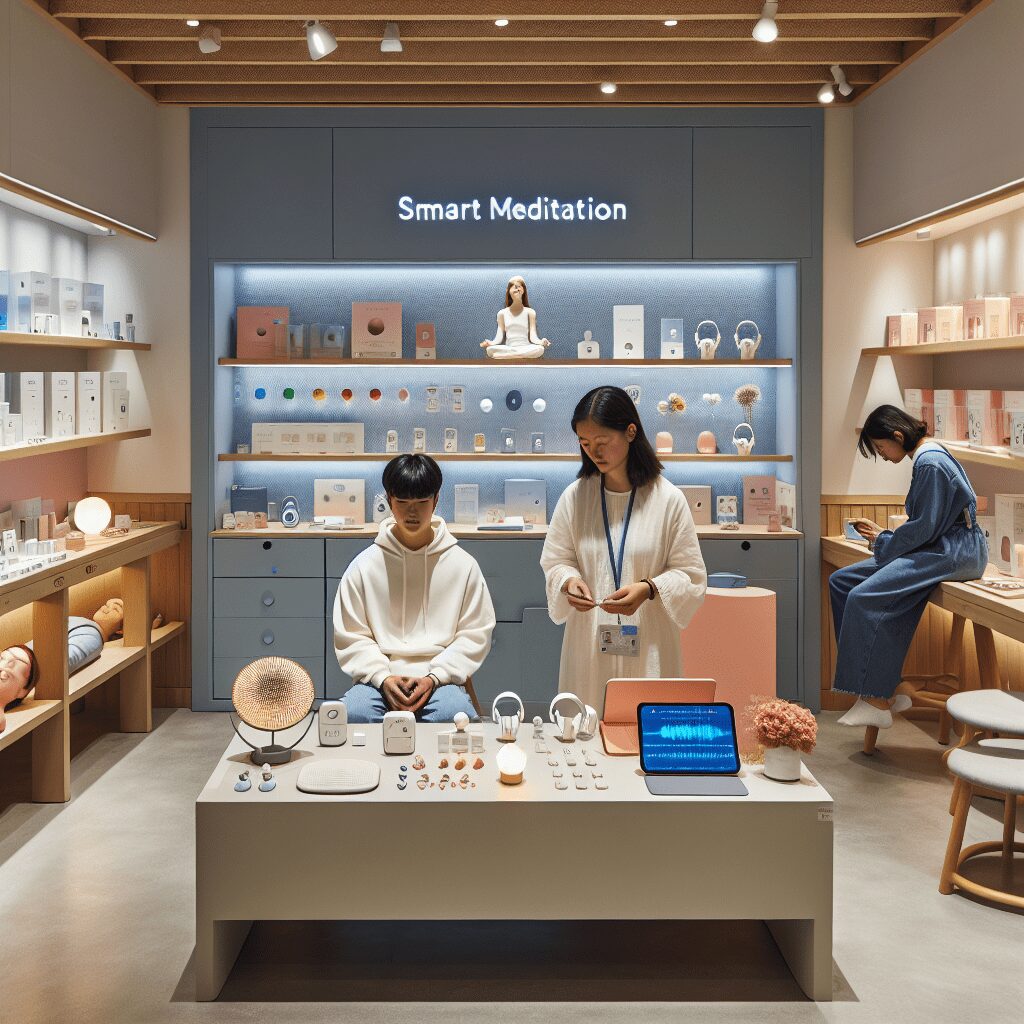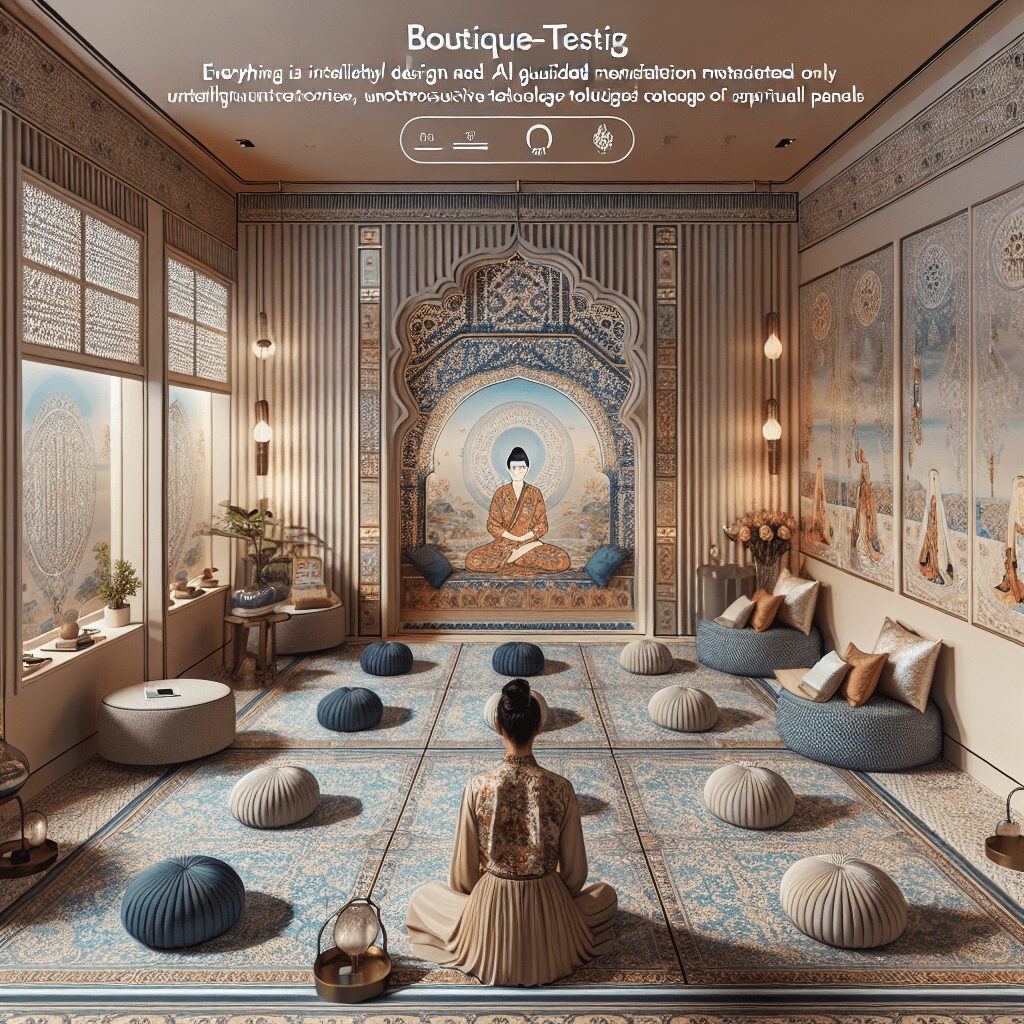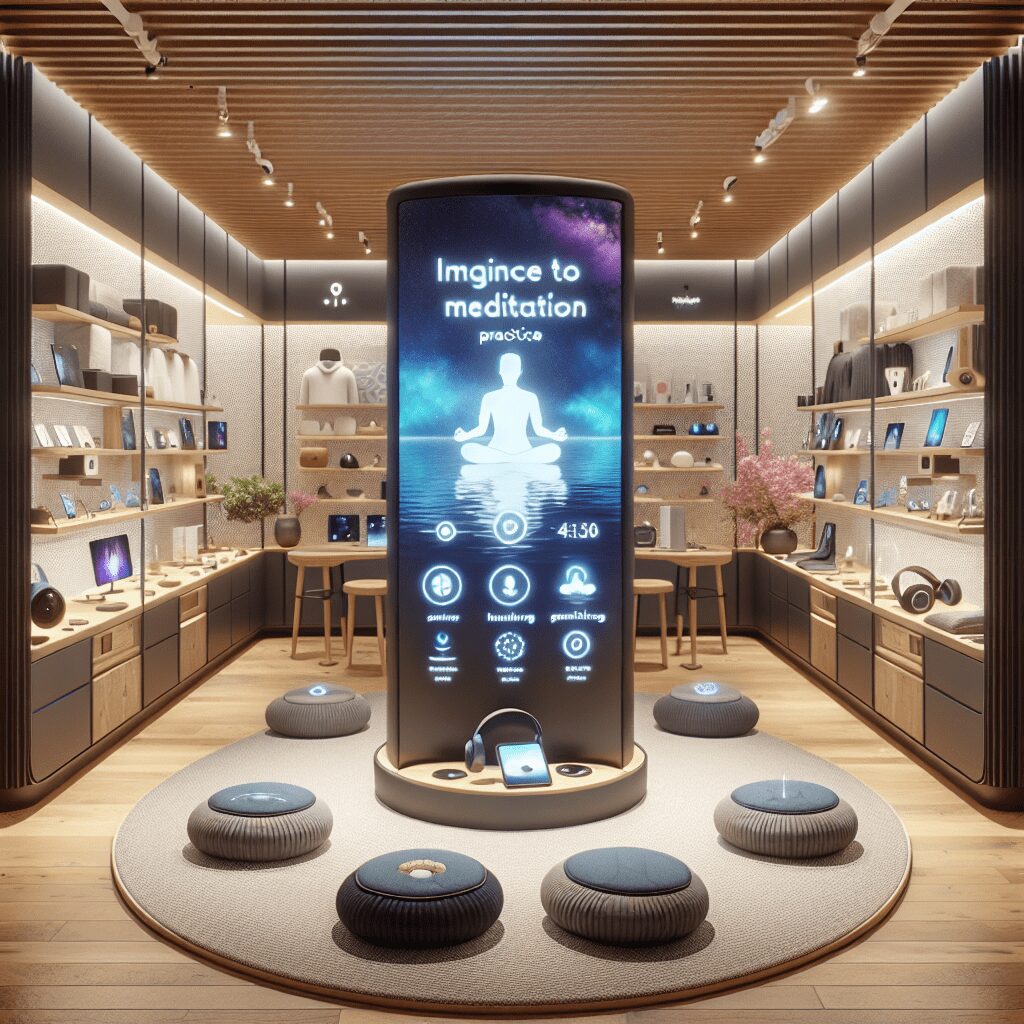
Prioritize your mental well-being daily. Enhance your life by nurturing your mental health with the Smart Meditation app. Break free from stress, alleviate anxiety, and enhance your sleep quality starting today.
Is It Better To Meditate With Eyes Open Or Closed?
The Great Meditation Debate: Eyes Wide Open or Gently Shut?
In the quest for inner peace and mindfulness, meditation emerges as a beacon of hope. Yet, in the realms of this ancient practice, a debate persists – is it better to meditate with your eyes open or closed? This conundrum has sparked interest among novices and seasoned practitioners alike, each seeking the golden path to maximization of their meditative experience.
Unveiling the Power of Closed-Eyed Meditation
Traditionally, when we think of meditation, images of serene faces with eyes gently closed come to mind. This isn’t without reason. Closing your eyes during meditation has its perks. Firstly, it’s a fantastic way to block out distractions. By shutting our primary gateway to the visual world, we limit our focus to the realm within, making it easier to dive deep into a state of mindfulness.
Moreover, closed-eyed meditation is often synonymous with relaxation. It signals our brain to slow down, dimming the hustle and bustle of our thoughts and enabling us to reach a more profound level of tranquility.
However, it’s not all sunshine and rainbows. For some, closing their eyes can be an invitation to daydreams or, worse, an express ticket to snoozeville. Finding the sweet spot between relaxation and awareness can indeed be a tightrope walk.
Embracing the World: The Case for Eyes-Open Meditation
On the flip side of the coin, we have the eyes-open approach. Practitioners of Zen and certain Tibetan meditation techniques swear by this method. Keeping your peepers partially open allows you to remain connected with the external environment. It’s about being present, both internally and externally.
One of the most compelling arguments for this technique is the integration of mindfulness into daily life. If you can meditate with your eyes open, you’re essentially training yourself to carry this state of heightened awareness into everyday activities. Walking, eating, or even the mundane act of washing dishes can become meditative experiences.
Moreover, this approach could be a godsend for those who find themselves on a mental carousel the moment they close their eyes. It helps maintain an anchor in the physical world, minimizing the chances of getting lost in your thoughts or nodding off.
So, Which Path Should You Tread?
Before you swing decisively to either side, remember – meditation is a highly personal journey. What works for one may not necessarily suit another. Hence, experimenting with both approaches could be the key to unlocking your perfect meditative style.
-
For beginners: Starting with closed-eyed meditation might be easier as it helps in reducing sensory input and distractions.
-
For the easily distracted or sleepy: Eyes-open meditation could be your ally, keeping you alert and engaged.
-
For the multitaskers among us: Mastering eyes-open meditation can open doors to integrating mindfulness into your daily hustle and bustle.
In the grand scheme of things, whether you meditate with your eyes open or closed isn’t the be-all and end-all. The essence of meditation lies in its ability to usher tranquility, awareness, and a sense of presence into your life. So, why not give both methods a shot? You might just find that the best approach is a blend of both, tailored to the rhythm of your daily life.
Remember, the path to mindfulness doesn’t have a one-size-fits-all manual. It’s all about exploring, experiencing, and embracing the method that resonates with you. So, why not embark on this journey with an open mind – and perhaps, experiment with both open and closed eyes?





